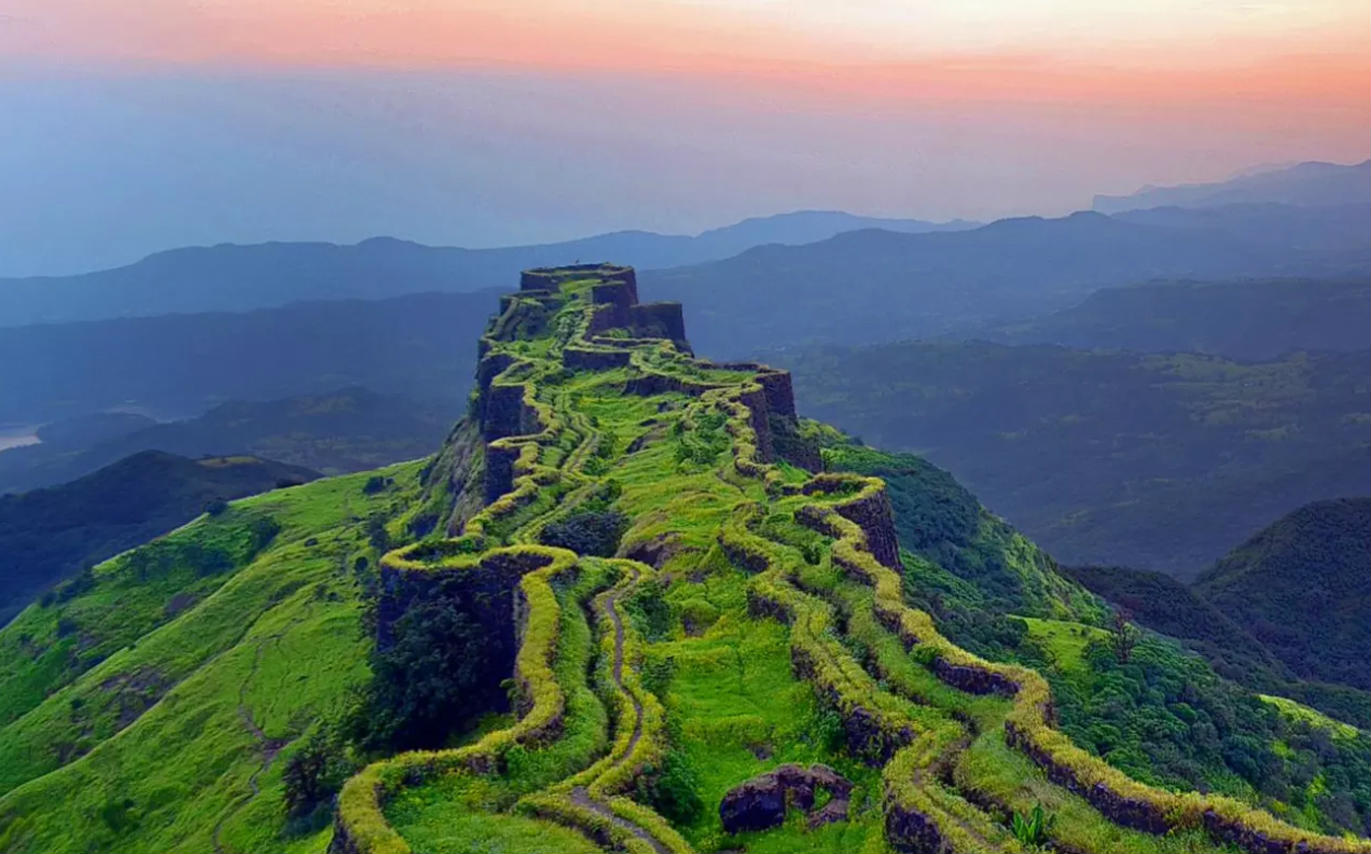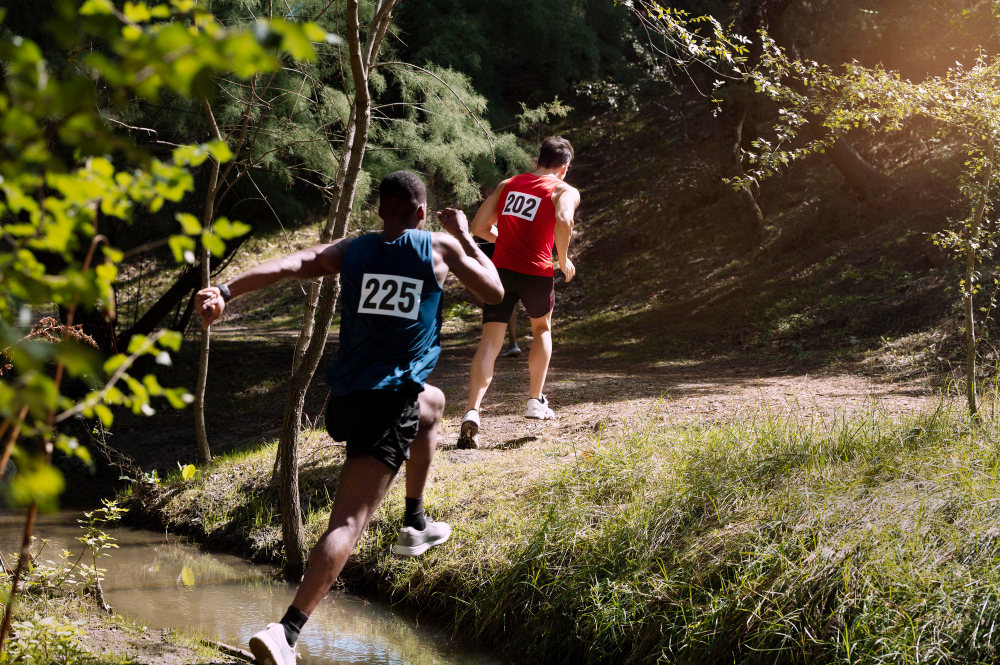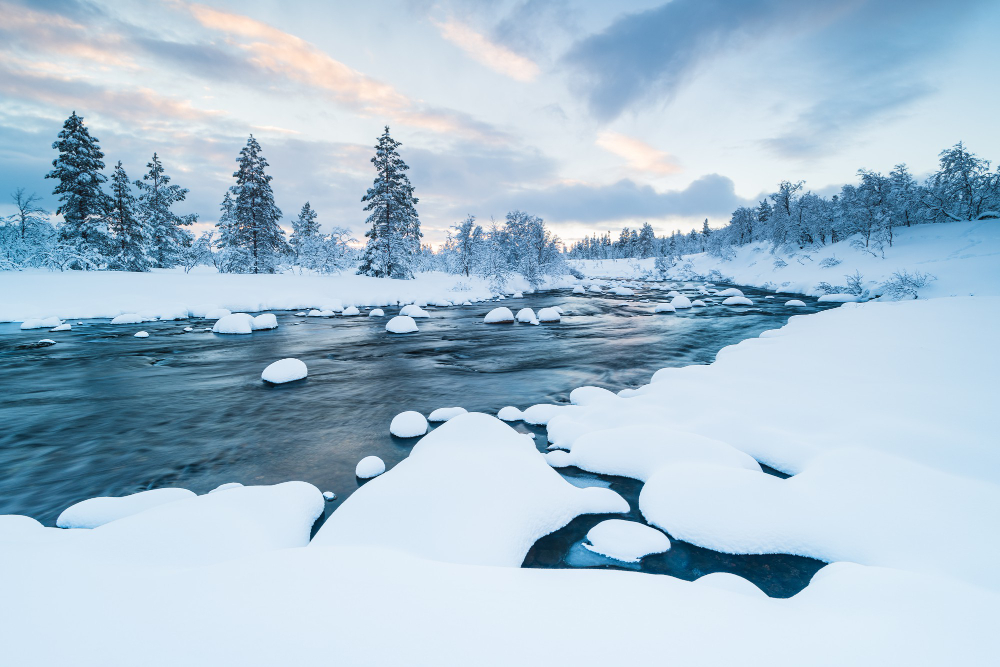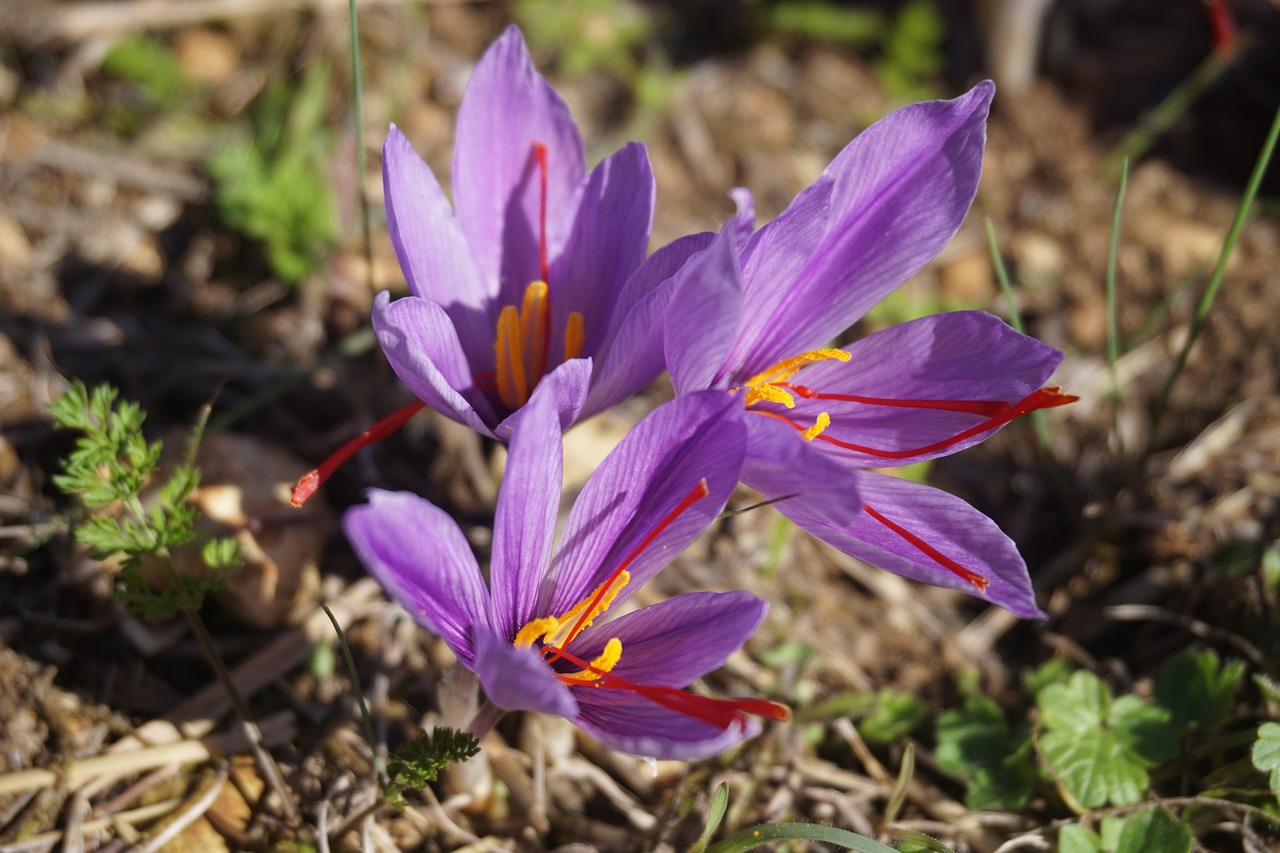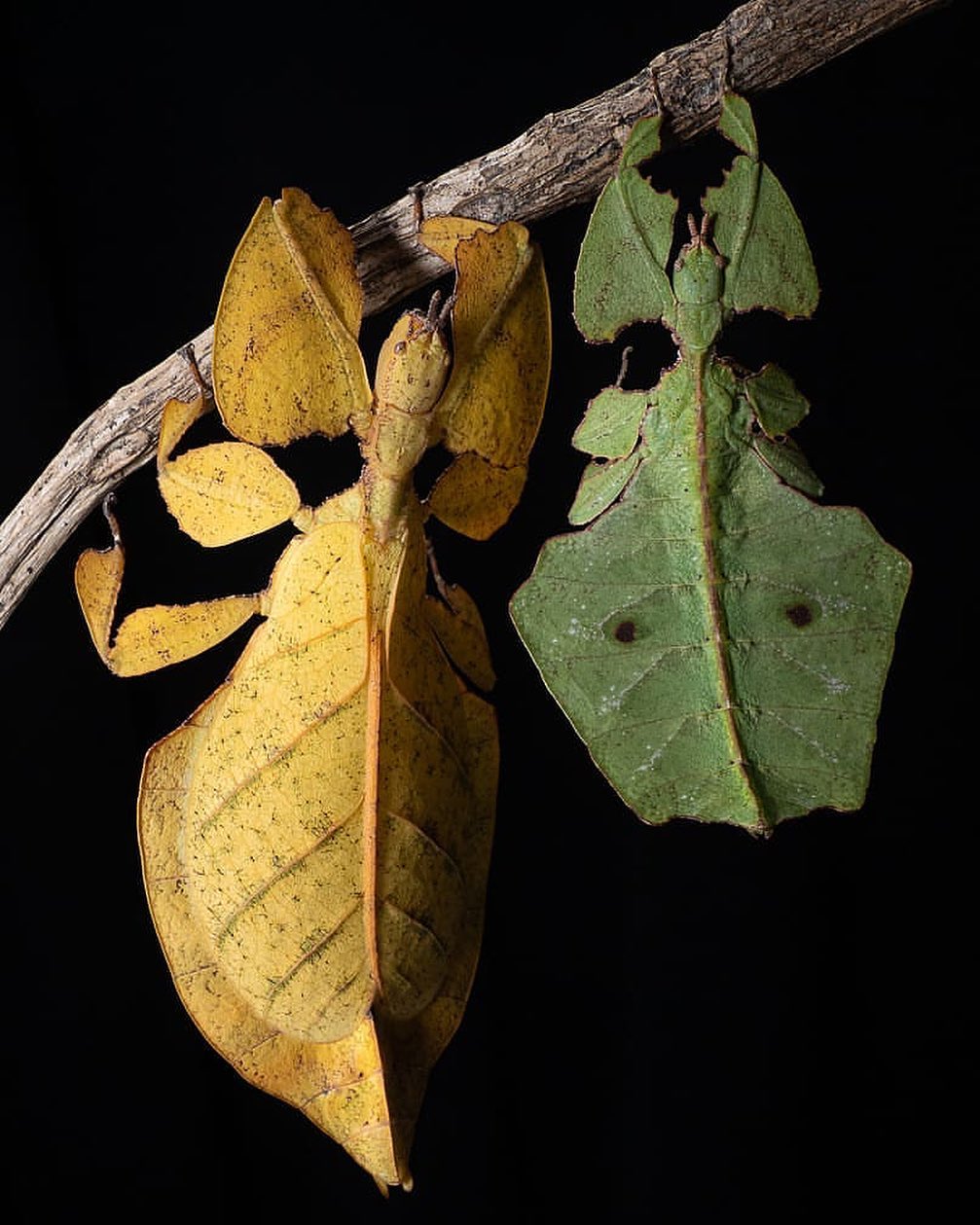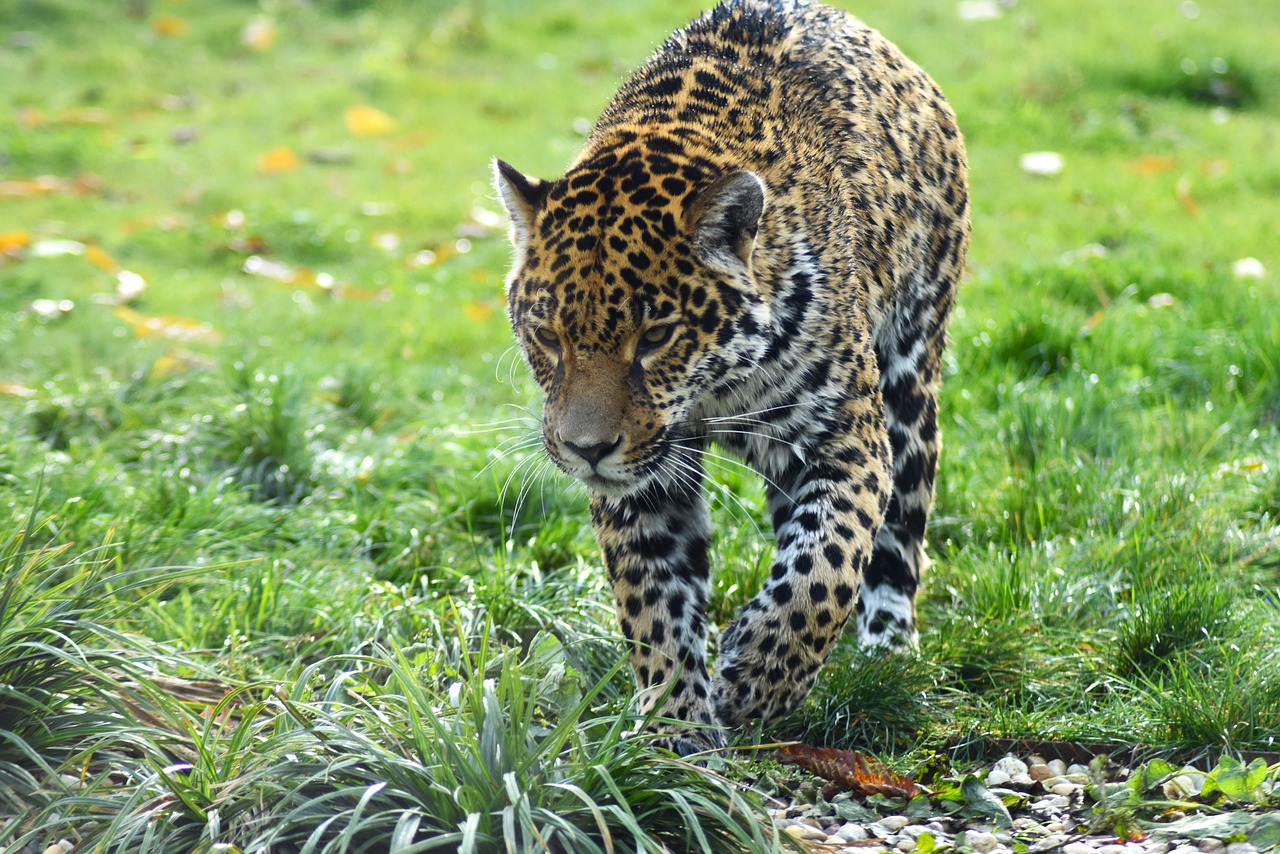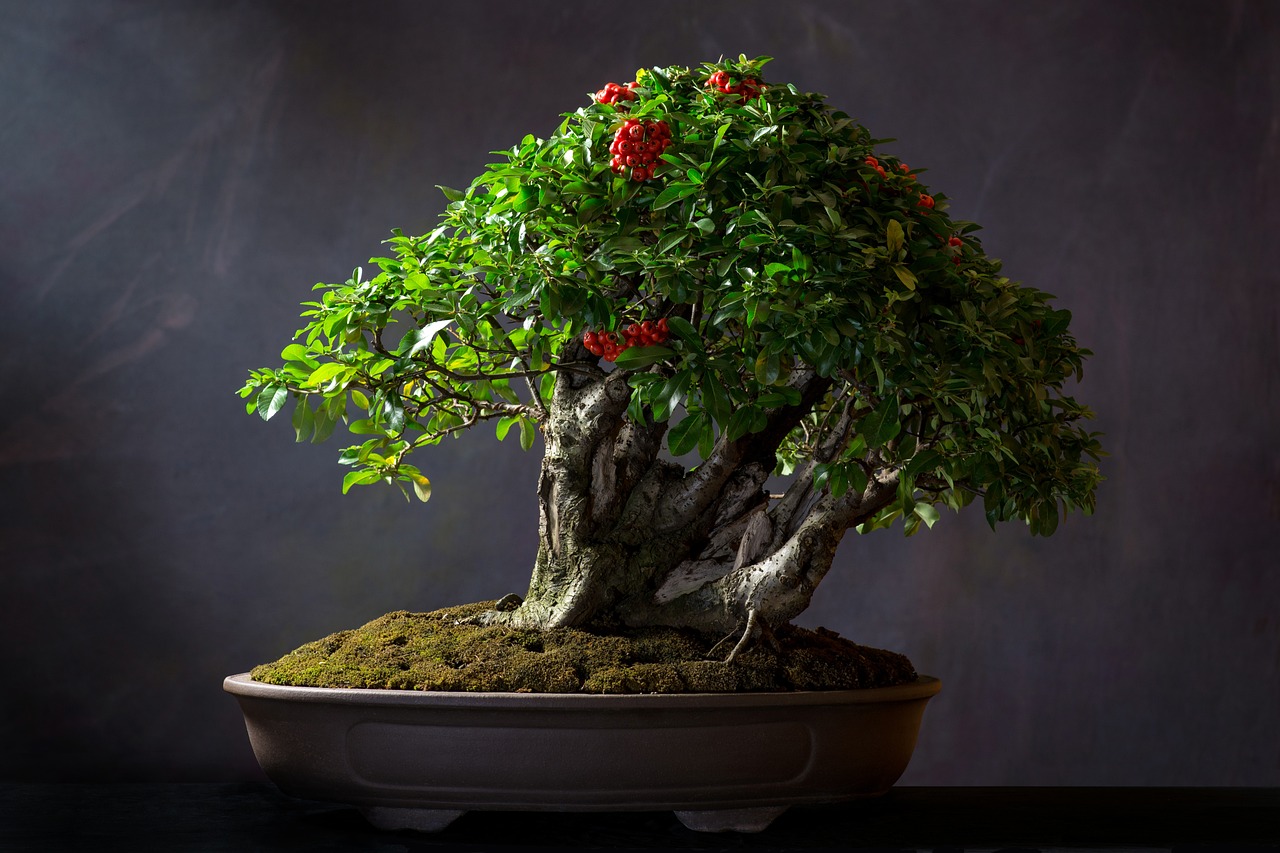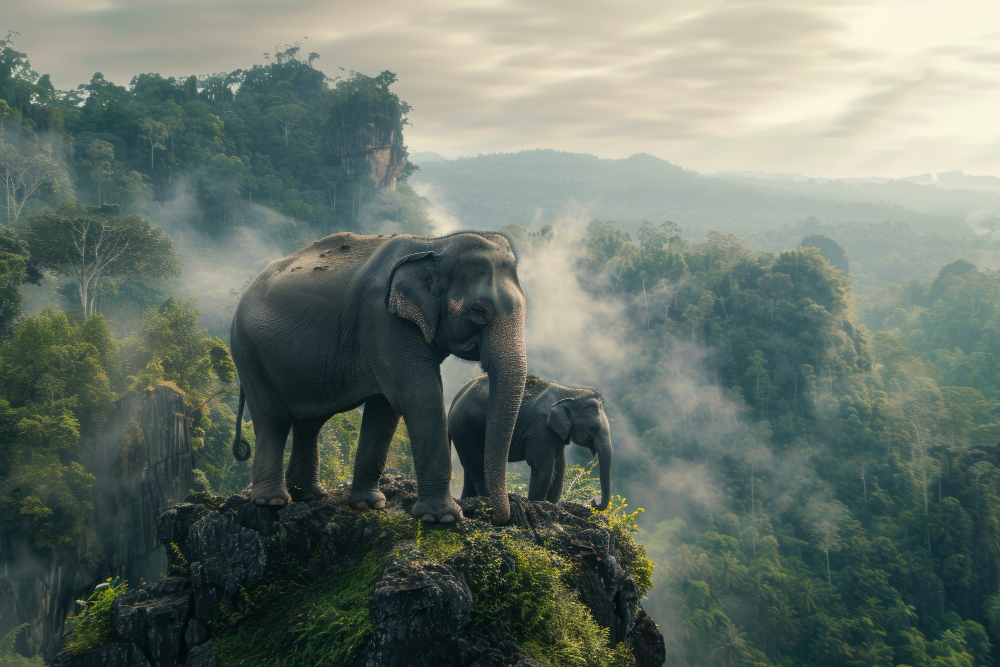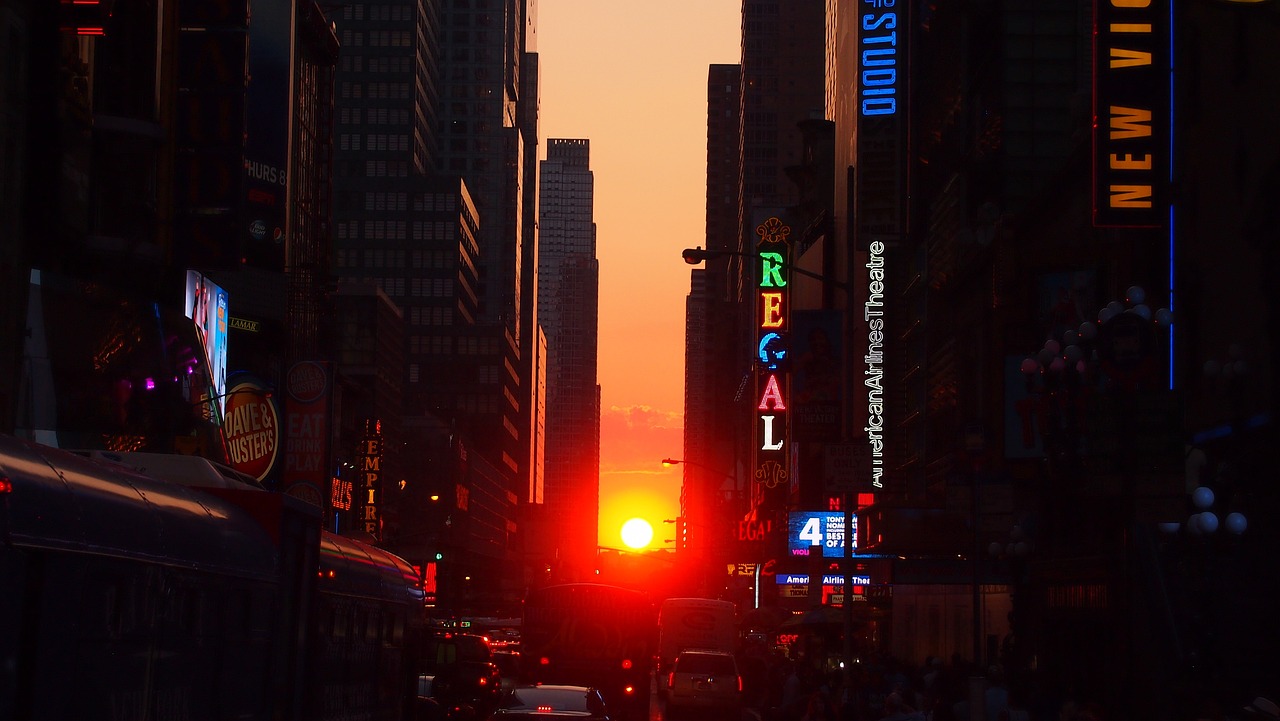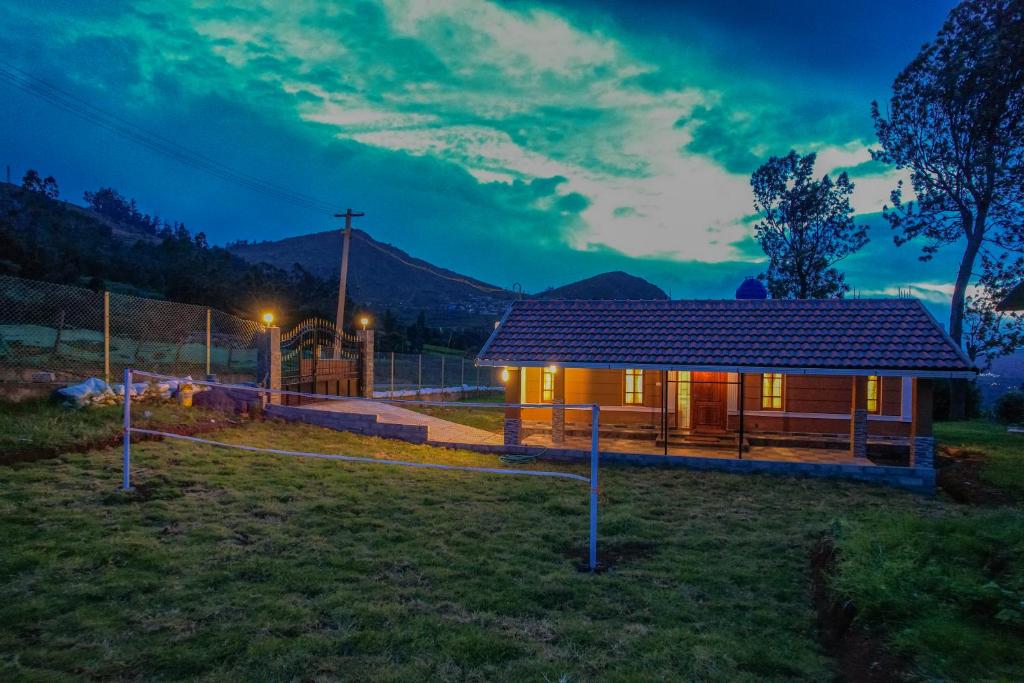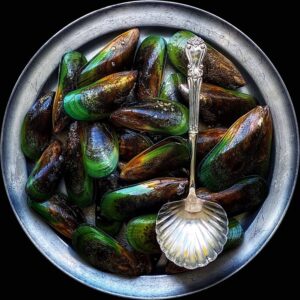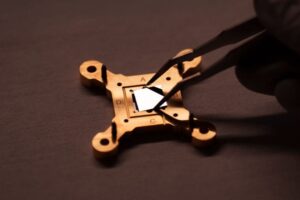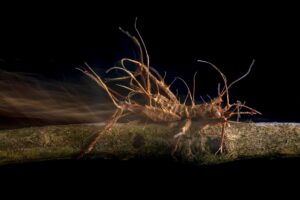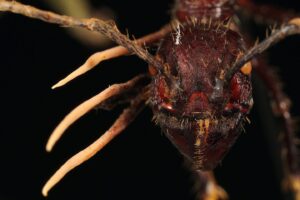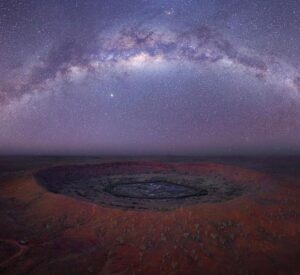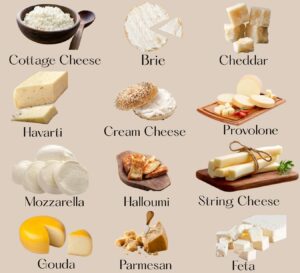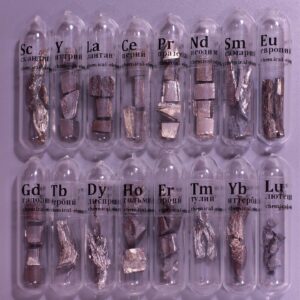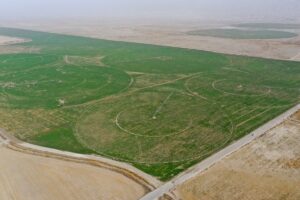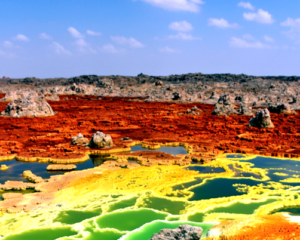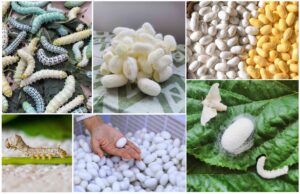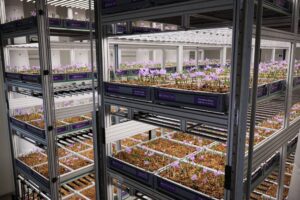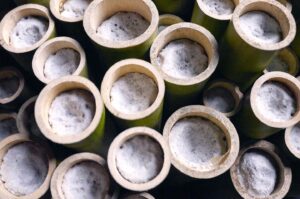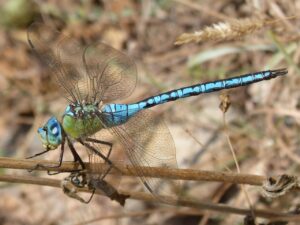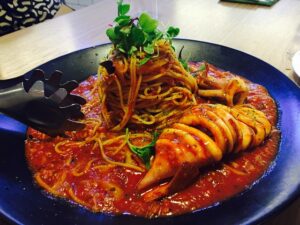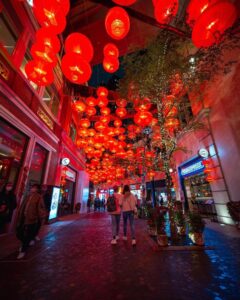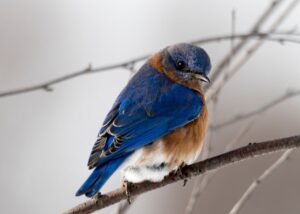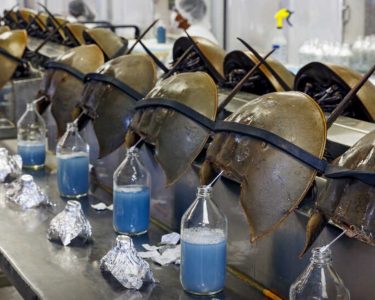 Pin
Pin Image by bjornnabbe
Walking along a moonlit beach, you might spot what looks like an ancient helmet crawling through the surf. You’ve just encountered one of Earth’s most remarkable survivors—the horseshoe crab. Despite its name, this creature isn’t actually a crab at all, but rather a living piece of prehistoric history that has witnessed the rise and fall of dinosaurs, the formation of mountains, and countless changes to our planet’s landscape.
These fascinating arthropods belong to a lineage so ancient that they make T-Rex look like yesterday’s news. Their story spans nearly half a billion years, during which they’ve perfected a body design so effective that evolution saw no need to change it. Their distinctive dome-shaped shells and remarkable blue blood represent one of nature’s greatest success stories—a testament to the power of “if it ain’t broke, don’t fix it.”
Table of Contents
The Living Fossil That Predates Dinosaurs
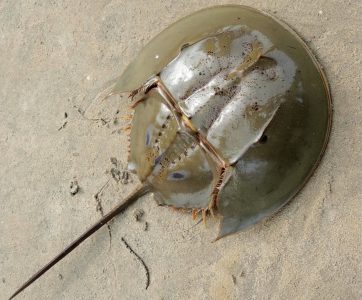 Pin
Pin Image from Wikimedia Commons
The term “living fossil” gets thrown around a lot, but horseshoe crabs truly earn this title. These remarkable creatures have been scuttling across ocean floors since the Ordovician period, making them older than sharks, trees, and even insects. While dinosaurs ruled the Earth for about 165 million years, horseshoe crabs have maintained their ocean kingdom for nearly three times that duration.
What makes their survival even more incredible is how little they’ve changed. Fossil records show that horseshoe crabs looked almost identical 300 million years ago to how they appear today. They’ve survived five major mass extinction events, including the one that wiped out the dinosaurs 66 million years ago. Their secret lies in their simple yet perfect design—a durable shell, efficient gills, and a body plan that works equally well in shallow coastal waters and deeper ocean environments.
Not Actually a Crab at All
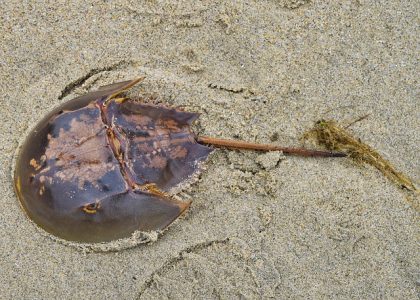 Pin
Pin Image by Chris Engel from Pixabay
Despite their common name, horseshoe crabs aren’t crabs, lobsters, or even crustaceans. They belong to a completely different group called chelicerates, making them more closely related to spiders, scorpions, and ticks than to any true crab. This misconception has persisted for centuries, probably because early naturalists saw their crab-like scuttling movement and hard shell, then made assumptions about their family tree.
Scientists classify horseshoe crabs in their own special group called Xiphosura, which means “sword tail” in Greek—a reference to their distinctive pointed tail spine. Only four species exist today, with the American horseshoe crab being the most familiar to people along the Atlantic coast. The other three species live in Asian waters, including around Japan, Southeast Asia, and India. Each species has adapted to its local environment while maintaining the same basic body plan that has served them so well.
The Mystery of Blue Blood
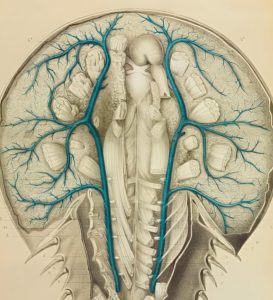 Pin
Pin Image by Spectacular / Instagram
Horseshoe crabs have bright blue blood that stands out immediately when you see it. Unlike human blood that’s red due to iron-based hemoglobin, horseshoe crab blood gets its striking blue color from copper-based hemocyanin. This copper compound carries oxygen through their bodies just as efficiently as our iron-based system, but creates that distinctive azure hue that catches your eye right away.
Their blue blood contains special cells called amebocytes that act like microscopic security guards. When these cells encounter bacteria or other harmful substances, they immediately form clots to isolate the threat. This defense mechanism is so sensitive and reliable that it can detect even tiny amounts of bacterial contamination—a property that would eventually revolutionize human medicine and safety testing in ways these ancient creatures never could have anticipated.
Medical Marvel That Saves Human Lives
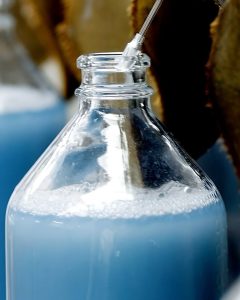 Pin
Pin Image by Spectacular / Instagram
Every vaccine you’ve ever received has likely been tested using horseshoe crab blood. In the 1970s, scientists discovered that the LAL (Limulus Amebocyte Lysate) test could detect bacterial contamination with incredible precision. This blue blood became the gold standard for ensuring that vaccines, injectable medications, and medical devices are safe for human use. The test works so well that it’s required by the FDA for testing most sterile medical products.
The pharmaceutical industry relies heavily on this natural detection system. When researchers need to confirm that a new batch of vaccines is free from dangerous bacteria, they add a small amount of LAL to the sample. If bacteria are present, the blood forms distinctive clots within minutes. This process has prevented countless cases of sepsis and other life-threatening infections. The irony is beautiful—a creature that survived since before complex life existed on land now helps protect modern human health.
The Dark Side of Medical Harvesting
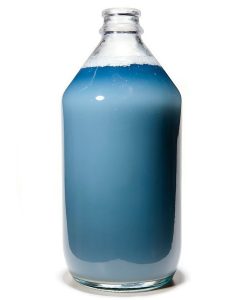 Pin
Pin Image by Spectacular / Instagram
The medical industry’s dependence on horseshoe crab blood comes with a troubling cost. Each year, biomedical companies harvest blood from around 500,000 horseshoe crabs along the Atlantic coast. The process involves capturing the animals, straining them to special tables, and draining up to 30% of their blood before releasing them back into the ocean. While companies claim this is humane, studies suggest that 15-30% of bled crabs die within days of release.
The harvesting has intensified as vaccine production ramped up globally, especially during recent health crises. Pharmaceutical companies pay around $15,000 per quart of horseshoe crab blood, making it one of the most valuable biological fluids on Earth. This economic pressure has led to increased collection quotas and expanded harvesting areas. Female crabs face additional stress since they’re often captured during their critical spawning migrations, disrupting their reproductive cycles when they’re most vulnerable.
Environmental Impact and Population Decline
Horseshoe crab populations have dropped dramatically over the past few decades, with some areas seeing declines of over 90%. The Delaware Bay, once home to the largest spawning population in the world, now hosts fewer crabs each spring. This decline isn’t just about medical harvesting—overfishing for bait, coastal development, and climate change all play destructive roles. Commercial fishermen have long used horseshoe crabs as bait for catching eels and conch, sometimes taking millions of crabs annually.
Beach development has eliminated many traditional spawning grounds where horseshoe crabs have returned for millions of years. These ancient creatures need specific sandy beaches and tidal conditions to reproduce successfully. When hotels, homes, and seawalls replace natural coastlines, entire generations of horseshoe crabs lose their ancestral nesting sites. Rising sea temperatures and changing ocean currents also disrupt their carefully timed migration patterns, making successful reproduction even more challenging.
Ancient Mating Rituals Under the Full Moon
Every spring, horseshoe crabs perform one of nature’s most ancient love stories along sandy beaches. Their mating season coincides with full and new moons, when high tides reach their peak. Female crabs, noticeably larger than males, crawl onto beaches to dig shallow nests in the sand. Males follow closely behind, sometimes several competing for one female, grasping onto her shell with specialized hooks on their front claws.
The timing of this ritual is crucial and has remained unchanged for millions of years. Females deposit clusters of greenish eggs in the sand, while males fertilize them externally. A single female can lay up to 100,000 eggs during the breeding season, though only a tiny fraction will survive to adulthood. These eggs become a vital food source for migrating shorebirds, especially red knots, which time their own migration to feast on this protein-rich bounty. The connection between horseshoe crabs and bird migration shows how deeply these ancient creatures are woven into modern ecosystems.
Synthetic Alternatives and Hope for the Future
Scientists have been working to develop synthetic alternatives to horseshoe crab blood for medical testing. A product called recombinant Factor C (rFC) mimics the clotting reaction of LAL without requiring any animal blood. Several European countries have already approved rFC for certain medical applications, and some pharmaceutical companies have begun switching to these lab-made alternatives. The technology works by using genetically engineered bacteria to produce the same proteins that make horseshoe crab blood so effective at detecting contamination.
The transition to synthetic alternatives faces resistance from conservative medical regulators who worry about changing established safety protocols. However, companies like Eli Lilly and some vaccine manufacturers have successfully used rFC for years without any safety issues. As production costs decrease and regulatory approval expands, synthetic testing could reduce the pressure on wild horseshoe crab populations. This shift represents a rare win-win situation where advancing technology could save both human lives and an ancient species.
Conservation Efforts and Protection Programs
Marine biologists and conservationists are working hard to protect remaining horseshoe crab populations through various innovative programs. Tagging studies help researchers track migration patterns and breeding success, while beach restoration projects recreate the sandy spawning habitats that development has destroyed. Some coastal communities have established “horseshoe crab sanctuaries” where harvesting is prohibited during critical breeding seasons.
Educational programs teach fishing communities about sustainable harvesting practices and the importance of these ancient creatures. In Delaware and New Jersey, volunteers help monitor beach spawning and even assist overturned crabs back into the water. Some aquariums breed horseshoe crabs in captivity, though releasing lab-raised animals into wild populations remains challenging. These combined efforts show promise, but success depends on balancing human medical needs with species preservation—a delicate equation that requires ongoing cooperation between scientists, pharmaceutical companies, and coastal communities.
The Future of an Ancient Species
The horseshoe crab stands at a crossroads between its ancient past and an uncertain future. Climate change poses new challenges as warming oceans alter the coastal environments these creatures have called home for hundreds of millions of years. Rising sea levels change beach profiles where they spawn, while ocean acidification affects the chemistry of their underwater world. Yet their incredible adaptability—proven over geological time—suggests they might weather these changes too.
The key to their survival likely lies in human choices we make today. As synthetic blood alternatives become more widely adopted, pressure on wild populations should decrease. Coastal protection efforts and smarter development practices can preserve critical spawning beaches. The horseshoe crab’s story reminds us that some species have earned their place on Earth through sheer persistence and evolutionary brilliance. Their continued survival depends on whether we can learn to share the planet with creatures whose history dwarfs our own—and whose blue blood continues to protect human health in ways we’re only beginning to understand.
FAQs
About $15,000 per quart, making it one of the most expensive liquids on Earth—more valuable than many precious metals!
Scientists debate this, but stress hormones increase during bleeding, and 15-30% die after the process.
They can lose up to 30% and survive, but recovery takes weeks and weakens their immune system significantly.
Yes! Four species exist—one in North America and three in Asian waters around Japan, China, and Southeast Asia.
They can live 20-40 years, reaching sexual maturity around age 10-15, which makes population recovery very slow.
